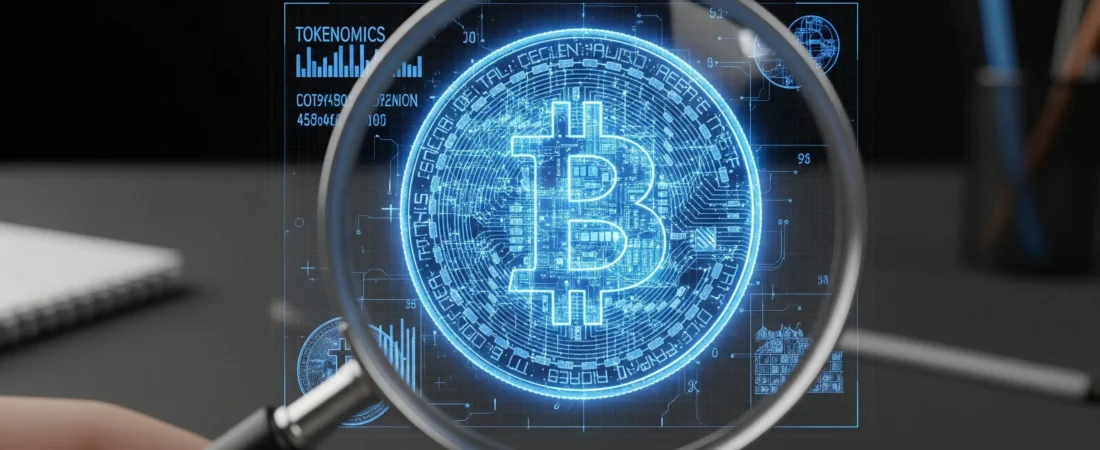This guide on how to research crypto projects is essential. Learning how to research crypto projects is the most important skill for any investor. We will cover how to research crypto projects in detail.
In the fast-paced world of cryptocurrency, it’s easy to get swept up in the hype of a new project. But the difference between finding a 100x gem and falling for a worthless token often comes down to one thing: research. Investing blindly is gambling; investing with knowledge is a strategy.
This guide will teach you the fundamental steps of how to research crypto projects, giving you a repeatable framework to analyze any new coin or token.
Step 1: The Whitepaper – A Project’s Blueprint
The whitepaper is the single most important document for any legitimate project. It should clearly explain what the project does, what problem it solves, and how its technology works. If a project has no whitepaper, consider it a massive red flag.
What to Look For:
- Clear Problem Statement: Does it solve a real-world problem, or is it a “solution looking for a problem”?
- Technical Details: It doesn’t have to be overly technical, but it should explain the architecture and why it’s better than existing solutions.
- Roadmap: Is there a clear, realistic plan with milestones for future development?
Step 2: Tokenomics – The Economics of the Coin
“Tokenomics” refers to the supply and demand characteristics of the cryptocurrency. Bad tokenomics can cause even a great project to fail as an investment. You can find this information on sites like CoinGecko or CoinMarketCap.
Key Metrics to Check:
- Max & Circulating Supply: Is there a hard cap on the number of coins (like Bitcoin), or is it inflationary? A high circulating supply relative to the max supply is often a good sign.
- Token Distribution: How much of the supply is held by the team and early investors? If they hold a huge percentage, they could dump on the market later.
- Utility: Does the token have a real use case within the ecosystem (e.g., paying fees, voting, staking)? A token without utility has no reason to exist.
Step 3: The Team and Community – The Human Element
An idea is only as good as the people building it. Investigating the team behind the project is a critical part of knowing how to research crypto projects effectively.
Where to Look:
- Team Anonymity: Is the team public and “doxxed” with real names and LinkedIn profiles? While some successful projects have anonymous founders, a public team is a major sign of legitimacy.
- Community Engagement: Check their social channels like Twitter, Discord, and Telegram. Is there a genuine, active community discussing the project, or is it just filled with bots spamming “wen moon?”
- Developer Activity: Look at the project’s GitHub. Are developers actively committing code? A dead GitHub is a sign of an abandoned project.
Step 4: Putting It All Together – Your Final Checklist
Effective research is a systematic process. By following these steps, you move from being a hopeful gambler to a strategic analyst. This process not only helps you find promising opportunities but is also your best defense against the kinds of issues discussed in our guide to crypto scams.
Happy researching, and always remember to invest responsibly.


